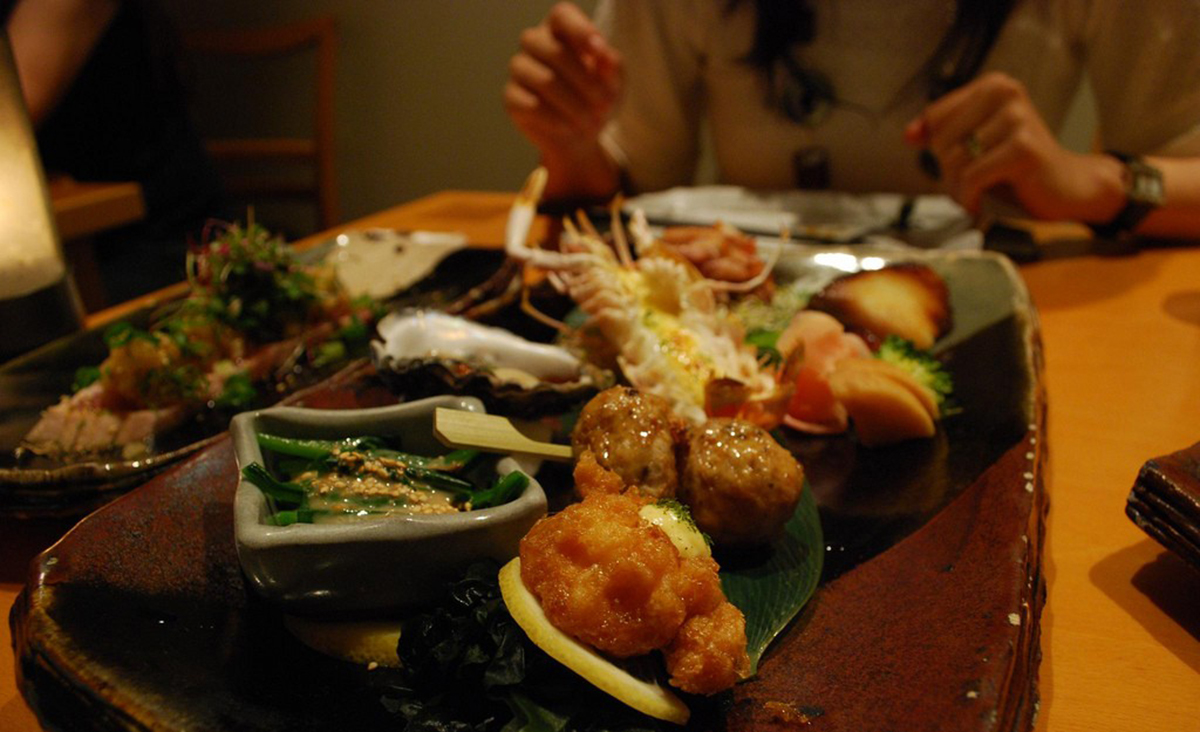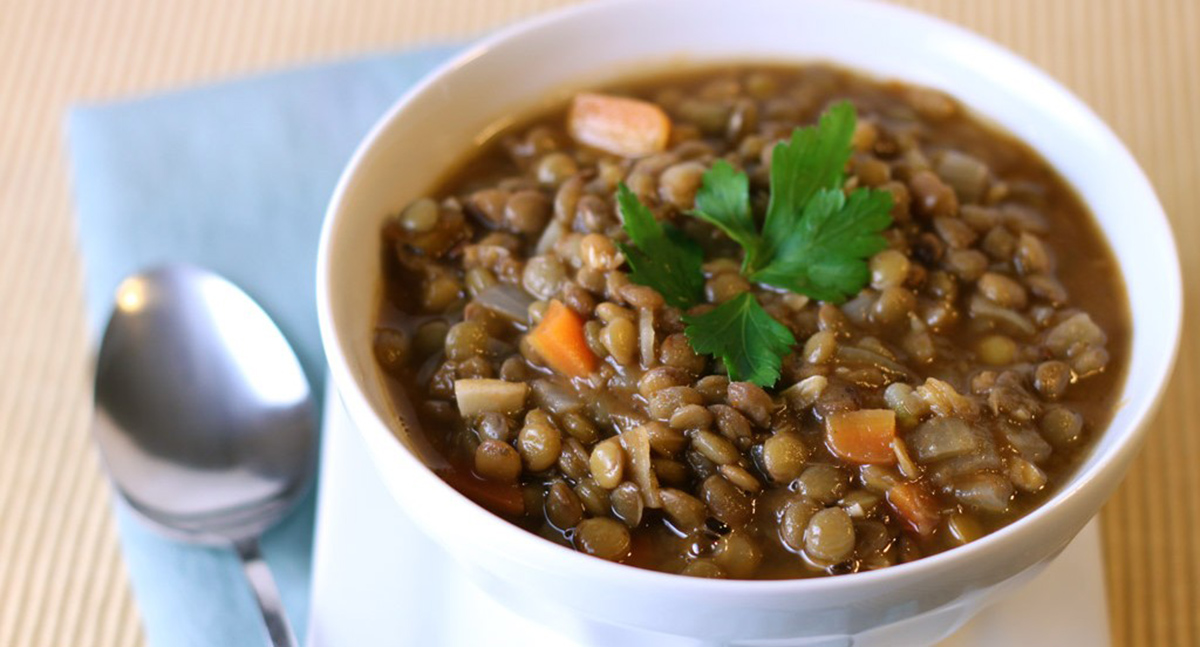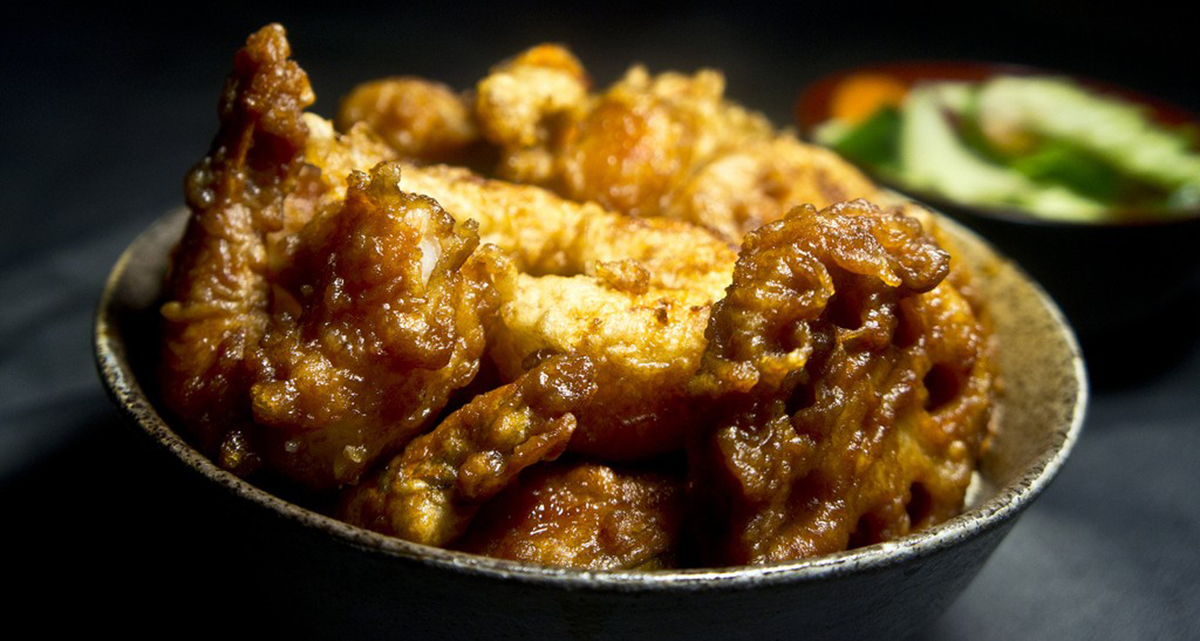While diabetes does have genetic components to it, there is no doubt that the causes of diabetes and its proper management are deeply routed in dietary factors.

When it comes to the food that diabetics should eat and the foods they should avoid, several factors need to be considered, including carbohydrate content, glycemic index, satiety potential, nutritional content and potential for helping with the symptoms of diabetes. Based on that, here are 10 Top Foods to eat more abundantly and 10 top foods to stay away from or reduce of you have diabetes.
We'll start with 10 Top foods:
Fatty Fish
Oily fish like salmon, trout, mackerel, herring, pilchards and sardines are a rich source of omega-3 fatty acids. Although, there has been some controversy regarding the effect of omega-3 fatty acids in diabetes, research studies appear to support the use of fish oil supplementation for patients with type 2 diabetes, suggesting a positive effect on diabetes-related factors like triglyceride levels and blood pressure and no adverse effect on glycemic control.
Eggs
The humble egg contains almost every nutrient that the body needs and is particularly rich in iron, vitamin B12 and essential fats. The notion that eggs raise cholesterol has been debunked by medical science and in fact, many heart foundation associations have taken the limitations and bans off eggs. Egg breakfasts can provide a good low carbohydrate alternative to processed cereals for diabetics and are also far more satiating then carbohydrate-based breakfasts. Avoid frying eggs in oil, rather dry fry, poach or boil for best results.
Chicken Breast
Chicken is a good complete protein source and the breast provides a low fat alternative to other chicken parts and the skin. Chicken breast provides a very versatile protein source for diabetics and can be spiced and grilled as is or chopped into a stir-fry or salad.
Dark Green Leafy Vegetables
Greens like kale, collard, spinach and lettuce varieties are powerhouses of diabetes busting nutrients. For example, their high chromium and magnesium levels help to balance blood sugar levels. The also provide a very low calorie and low carbohydrate package. You cant really get too much of these. Use raw greens as a base for salads or add them to stews, soups and stir-fries. Larger leaves can be used to make wraps by filling them with vegetables and protein. Bake kale leaves in the oven under the grill with some salt and spices for delicious, crispy kale chips. Greens can also be juiced and mixed with a small amount of carrot and apple for flavour.
See Also: A Diabetic Food Grocery List Everyone Can Afford
Plain yogurt
Dairy products, like yogurt are good sources of complete protein and are also rich in many nutrients including the B vitamin riboflavin and the mineral calcium. Yogurt is more digestable than milk, as it contains probiotic cultures.
Ditch the sugary varieties though and avoid adding too much honey or other sugars. Yogurt mixed with a low glycemic index cereal or fruit or some nuts and seeds is a good option.
More Top Foods To Eat If You Have Diabetes
Legumes
Lentils, kidney beans, garbanzo beans and other legumes are amongst the lowest glycemic index foods we can eat. They are also exceptionally high in fibre (soluble and insoluble) as well as roughage. This means they digest slowly, helping to mop up excess sugar and cholesterol in the digestive system.

When combined with high saturated fat and cholesterol foods they can help minimize the impact. For example, combining beef mince with legumes in a chili or bolognaise sauce will help mop up some of the cholesterol in the meat. They can also be used to lower the glycemic index of otherwise high glycemic index foods. For example, mashing high glycemic index potatoes with some white sugar beans will lower the overall glycemic index of the meal.
Low GI grains
While diabetics should decrease their intake of insulin stimulating grains in general, moderate amounts of carbohydrate foods are essential as a more immediate energy source and also for general nutrition and overall good digestion. Low glycemic index foods, like the so labeled low GI breads and cereals are one option. More natural grains like quinoa, rolled oats, brown and wild rice and barley are also excellent additions to the diabetic diet. Most pasts is low glycemic index (provided they are the longer, thinner pasts shapes like spaghetti and fettuccine) but whole-wheat pasta is an even better option that regular white pasta.
Berries
Fruit is a bit of a gray area in diabetes. The problem being that fruit contains mostly just sugars and almost no protein or fat. Berries, like blue berries, strawberries, raspberries and also cherries contain a lower sugar content and are amongst the lowest glycemic index fruits. They are great as a between meal snack or as an addition to breakfast or a smoothie.
Nuts and Seeds
Nuts and seeds provide superior nutrition and energy in a relatively low carbohydrate package.
All nuts and seeds are fine to eat on a diabetic diet but peanuts and cashews tend to have a slightly higher carbohydrate content than other nuts and seeds. Nuts and seeds like almonds, walnuts, pecans, sesame seeds, and pumpkin seeds can be eaten alone as a snack or added to yogurts, cereals and salads. Chia and flaxseeds are particularly high in omega 3 fatty acids and all nuts and seeds contain good amounts of monounsaturated fats and vitamin E. They are also a source of fibre.
See Also: Diabetic in a Fast Food Restaurant
Stevia
Diabetics are urged to reduce their intake of sweet foods in general, but stevia probably provides the least risky form on calorie and carbohydrate free sweetness. Unlike aspartame, sucralose and asesulphame, stevia a natural sweetener derived from plant origins. It works well as an added sweetener but is not great in cooking and baking.
10 Foods To Avoid For Diabetes
Deep Fried Foods
While fat itself does not have a major impact on blood sugar levels, damaged oils, like those found in fried foods have an impact on diabetic risk factors and should be avoided. Foods should be grilled or baked with non-heated oils added after the cooking process.

Potatoes
Potatoes are a high glycemic index food, especially when they are overcooked. Fried, potato chips, mashed potatoes and roasted potatoes are particularly problematic and should be avoided.
White Flour
Baked goods and breads made with white flour could be problematic for people with diabetes. Firstly, these products have a higher glycemic index than their wholegrain varieties and are also less nutritious and lacking in fibre.
Sugar-laden Foods
While it is fairly obvious that a diabetic should avoid adding regular sugar, most us are not even fully aware of how much hidden sugar is contained in our everyday foods. Everything from yogurt, beverages, deli-meats, cereals, crackers, salad dressings, sauces and prepared meals can contain sugar.
One teaspoon of sugar contains 5g of carbohydrates. When reading labels look for the carbohydrate content of the food (which should also indicate how much of that is actual sugar) and compare it to those 5g. For example if your yogurt contains 20g of carbohydrate you can equate that to 4 teaspoons of sugar.
Fat-Free Products
The problem with –fat-free products is that they are often laden with carbohydrates and sugar. Firstly, something has to take over for the loss of fat in the product and sugars also add flavour to fat-free products. Again, reading labels is crucial in making an informed decision about whether the product is suitable for diabetics.
Fruit Juice
Even if your fruit juice is 100% natural and contains no added sugar it is still full of natural sugar, called fructose. Gram for gram regular apple juice for example has as much sugar as a coca-cola. If you do drink fruit juice it needs to be diluted with water to lower its sugar content. Juices with pulp and those made from the lower glycemic index fruits are more suitable but should still be diluted or even avoided.
Energy Drinks
Don’t become bamboozled by the health claims attached to energy drinks. They are generally just glorified, flavored pure glucose and caffeine. The diet or lite versions of these drinks could provide an alternative but cannot really provide much energy and will be loaded with artificial sweeteners. Its nest to stay away in general.
Commercial Cookies, Biscuits and Cakes
Again, these are white flour based products but come with an added warning: they are loaded with hydrogenated fats (or trans fatty acids). These substances, which are produced when liquid oil is converted into a solid, are actually banned in parts of the United States and Europe due to their adverse health effects. The facts of trans fatty acids are similar to saturated fats, which means that they could contribute to heart disease and cancer risk.
Breakfast Cereals
Don’t be fooled by breakfast cereal box advertising.
There are also very few box cereals that do fit into the low glycemic index category. They do sometimes provide a wholegrain and fibre source but diabetics are far better off eating more unadulterated grains for breakfast like raw mueslis, rolled oats and quinoa.
See Also: 10 Dangerous Foods For Diabetics
Foods Containing High-fructose corn syrup
High fructose corn syrup (HFCS) is a syrup derived from corn that has undergone a process of turning some of its glucose into fructose to achieve a desired level of sweetness. Because of its ease and cheapness to produce and its extreme sweetness, HFCS has become a very popular ingredient over regular sucrose (cane sugar) in breads, cereals, breakfast bars, lunchmeats, yogurts, soups and condiments. In 1984 the coca-cola and Pepsi companies replaced sucrose with HFCS. The adverse effects of HFCS are similar to those of high carbohydrate intake in general but may be more pronounced. This one is a big no-no for diabetics.
- Photo courtesy of Alpha by Flickr : www.flickr.com/photos/avlxyz/3899674459
- Photo courtesy of Emily Carlin by Flickr : www.flickr.com/photos/emiline220/4343406017
- Photo courtesy of Ruocaled by Flickr : www.flickr.com/photos/ruocaled/8173155762


Your thoughts on this